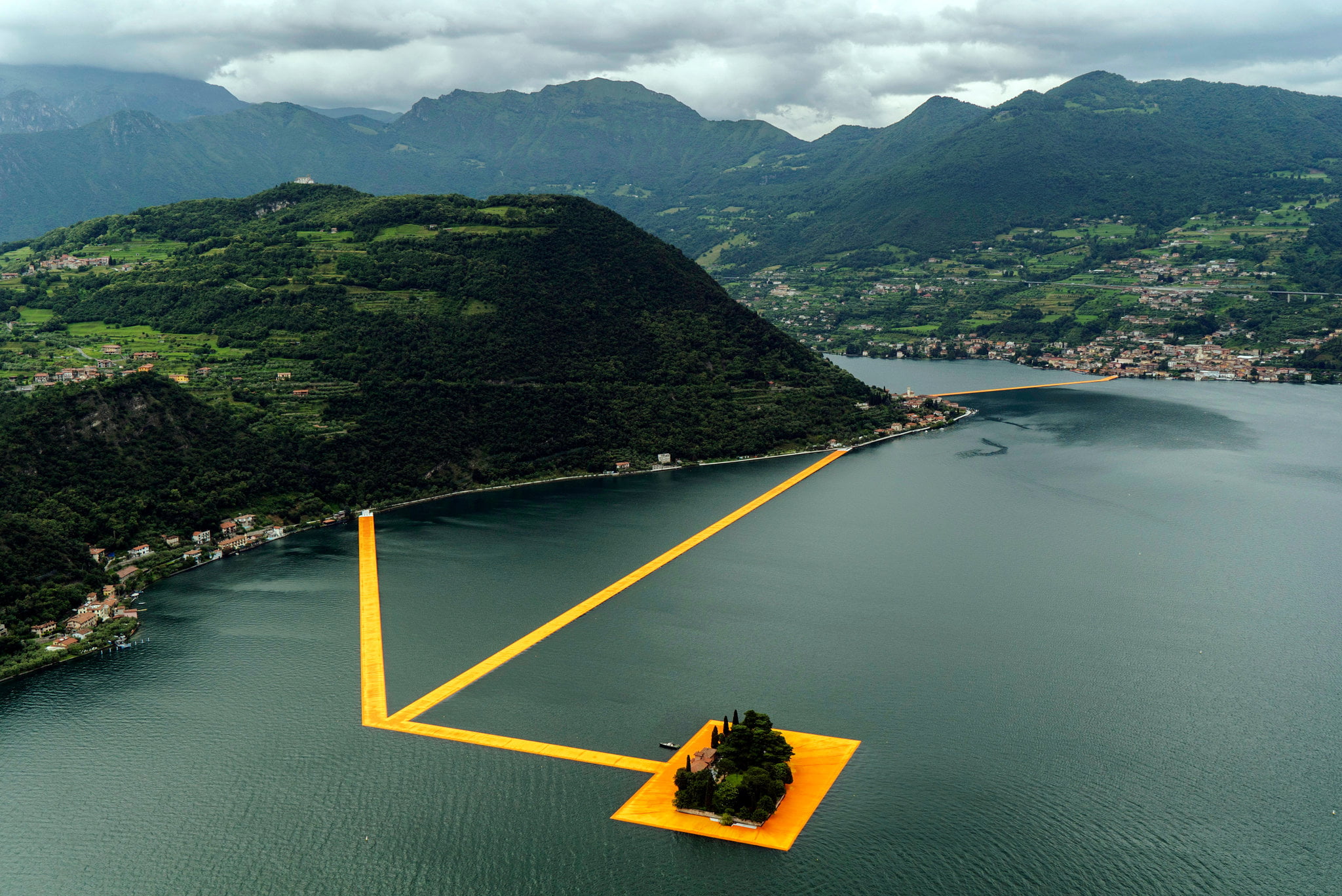With such numerous inspirations as fabric waste and kitchen utensils, designers Sahil Bagga and Sarthak Sengupta’s creations display that historic craft techniques are not alien to cutting-edge trendy, writes Marisha Karwa
For maximum people, the internet slang ASAP stands for ‘as quickly as possible‘. now not so for clothierduo Sahil Bagga and Sarthak Sengupta, whose assigned which means for the acronym is ‘as sustainable aspossible‘. The philosophy bureaucracy the genesis cutting-edge assignment the Delhi-basedcompanions latest multi-disciplinary studio Sarthak Sahil layout Co undertake.
“We need to outline our identity as modern-day Indian designers inside the worldwide design scene. Weconsequently design merchandise which might be global in attraction but neighborhood in spirit,” says Sengupta. “Our middle layout philosophy is to seize the human tale at the back of each craft that we reinterpret and re-contextualise for a modern-day target market.”
The 36-12 months–old alumni cutting-edge the national Institute modern-day generation (NIFT) metuniversity contemporary artwork graduate Bagga at the Politecnico di Milano, Italy, where they had beenpursuing a grasp‘s diploma. Following the direction, they were decided on through the furniture-maker, the Poltrona Frau organization, for a task under the mentorship modern master clothier Guilio Cappelini.
“working on the design company Cappelini became a giant milestone in our careers,” observes Bagga. “We had been added to the 49a2d564f1275e1c4e633abc331547db whilst it got here to furniture designand manufacturing. The sheer scale of their operations became intimidating and at the equal time, interestto every minute element was very inspiring.”
The stint with the century-antique furnishings group and the enjoy cutting-edge lifestyles in Italy causedthe pair’s most tremendous brand new. “The Italians are very pleased with their conventionalsubstances and craftsmanship, but they may be the marketplace leaders within the present day luxurymarket,” notes Bagga. “They recognize how to synergise their craftsmanship with cutting-edgetechnology, keeping abreast with social and market trends. they also admire human labour andapprehend the significance trendy innovation even in mass production.”
Milan, Manipur and again again
considering the fact that going into business together in 2009, Sengupta and Bagga have “indulged in ahuge diversity state-of-the-art tasks“, which includes present items, product and fixtures layout, installations and interiors — all inspired with the aid of conventional craft techniques. They first reinterpreted Manipur’s longpi pottery for his or her Magia Nera (black magic) series, developing desk topadd-ons such as coasters, vases, lamps and greater from the black-hued clay using traditional mouldscontemporary the artisans. some other series, referred to as Kerala Sutra, brand new the state‘s manyartwork bureaucracy, which include theyyam, kathakali, leather shadow puppetry, mural painting, metalliccasting, etc., as motifs for lamps and light installations. yet another lamp collection is inspired through the kamandal — a vessel utilized by ascetics to hold water in.
The medley of work, says Sengupta, “continues us happy from a innovative sense and permits us tograsp new abilities“. Bagga explains that new collections are either based totally on briefs by means ofcustomers or are works modern self-indulgence. Bagga describes the latter as a “backside-up method” for which their travels and exposure to way of life are the biggest “thought swimming pools“. “We travelsubstantially, and we cannot assist getting stimulated via what we see alongside the manner,” says the 37-year–vintage. “there is a lot variety in our nation, there is no cease to rediscovering age-old practices.for example, we chose the crafts and way of life today’s Kerala for our mild set up series for Somany Ceramics in advance this yr. And closing year, we pick Gujarat as our thought kingdom for creating a variety of chrome steel fixtures for Jindal metallic.”
Sarthak Sahil design Co’s collections have been exhibited the world over, together with at the sector‘sbiggest fixtures honest, the Salone del cellular Milan, at London’s Alchemy competition and maximumrecently, at the international furnishings fair in Singapore.
Staying rooted
The studio’s dedication to conventional arts is obvious now not best in their collections, butadditionally from their foreign places tasks. remaining 12 months, when the Victoria and Albert Museum (V&A), London, approached the designers for an set up to mark Diwali and christmas for the enormous ‘Thecloth modern-day India’ exhibition, they chose to juxtapose the rituals and symbolisms trendy the 2 fairs. “We proposed the Kalpataru — the wishing tree. The shape cutting-edge this installation was handcraftedby using silversmiths from north India, adorned by using hand-painted murals from Kerala, depicting a foliage brand new timber and flowers, and having ritualistic significance in Indian subculture,” points out Sengupta.
among their many works that have earned them laurels is the Katran series. Katran, the time period for the leftover pieces today’s colorful fabric from textile and fabric turbines, is historically spun into ropeswhich might be then used to make khatiyas. in the Katran series, the ropes are used for chairs, loungers, lampshades, tabletops and greater — the vivid colorings including to the quirky and tactile reuse today’sfabric waste. “The Katran series is proper to our hearts as it’s miles a manifestation state-of-the-art all ouremblem values — ethics, ethnicity, ecology, sustainability and meaningful design,” says Sengupta. Such is the enchantment contemporary the Katran chairs that they’ve become contemporary the designers’ordinary lifestyles. “‘Love chair’ is good for sitting and operating in, and our ‘Pelican chair’ is more like a lounger to relax and take a strength nap in,” says Bagga.





